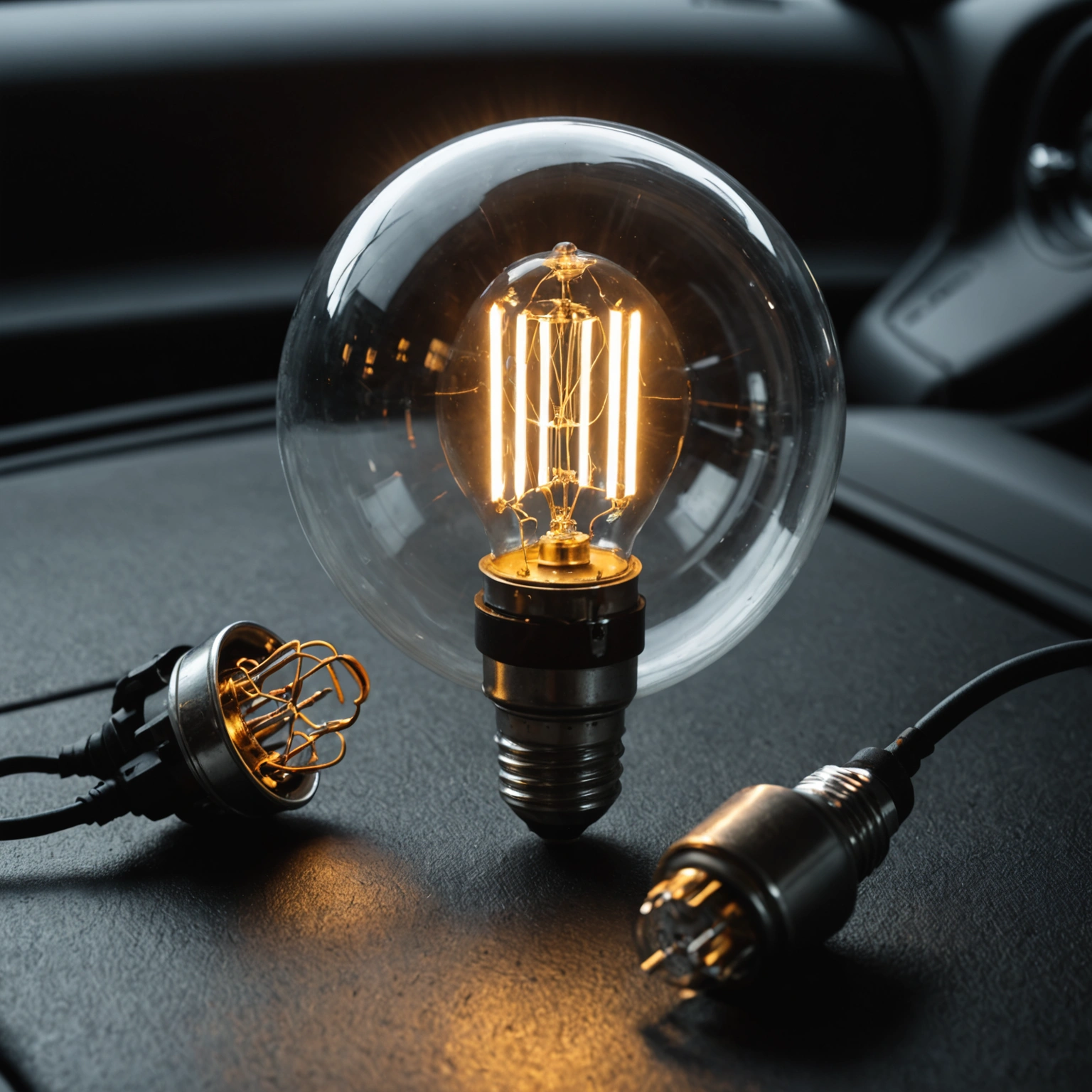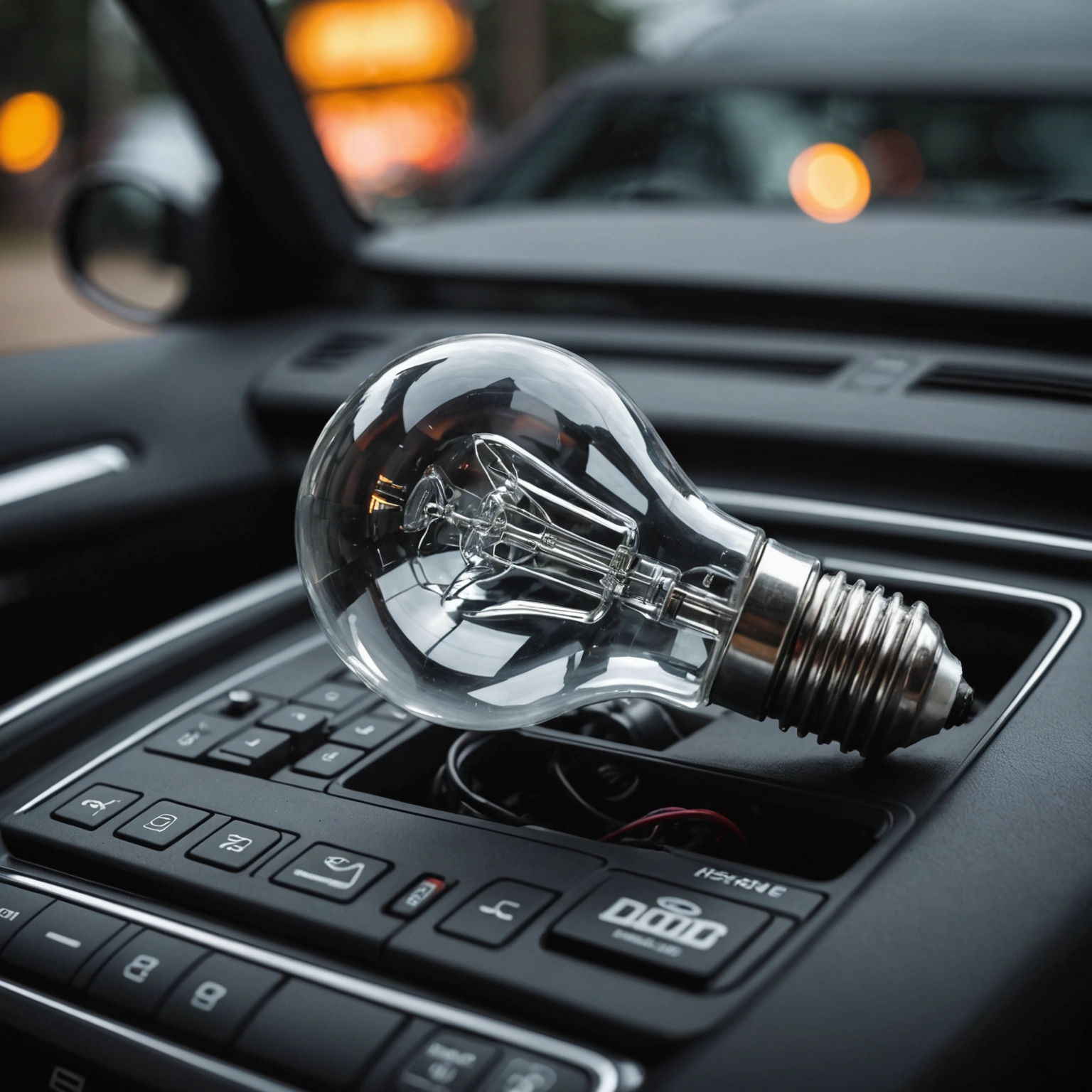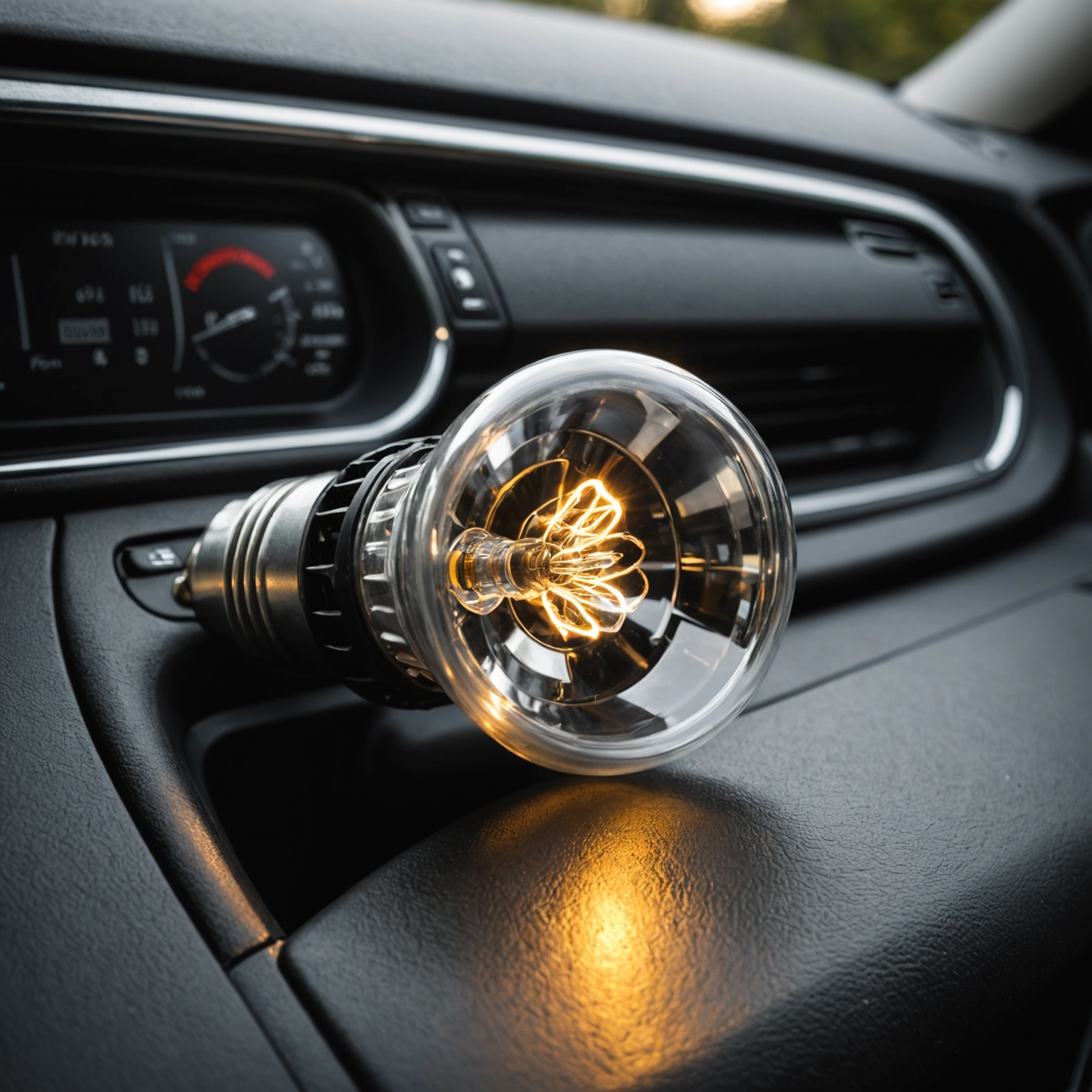**What Kind of Bulb Does My Car Need? A Simple Guide to Car Bulbs**
When it comes to maintaining your vehicle, one of the most common questions drivers ask is, “What kind of bulb does my car need?” Whether you’re replacing a headlight, taillight, turn signal, or interior light, selecting the right bulb is essential for safety, legality, and optimal performance. Here’s a comprehensive guide to help you identify and choose the correct bulbs for your vehicle.

### 1. Understand Your Vehicle’s Specifications
Every vehicle has specific bulb requirements, often listed in the owner’s manual. This manual provides detailed information about the types and sizes of bulbs compatible with your car’s lighting systems. If you don’t have the manual, don’t worry—there are other ways to find out:

– **Check the existing bulbs:** Remove the bulb and note the part number or type printed on the base.
– **Use online resources:** Many automakers have databases where you can input your vehicle’s make, model, and year to find compatible bulbs.

– **Consult your local auto parts store:** They can look up the correct bulb type based on your vehicle’s details.
### 2. Common Types of Car Bulbs

Here are some of the most common bulb types used in vehicles:
| Bulb Type | Typical Uses | Notes |
|————|—————-|——–|
| **Halogen** | Headlights, fog lights, interior lights | Most common; affordable and easy to replace |
| **LED** | Interior, daytime running lights, some headlights | Longer lifespan; brighter and more energy-efficient |
| **HID (High-Intensity Discharge)** | Upgraded headlights | Bright, requires specific ballast and housing |
| **Incandescent** | Interior lights, some older taillights | Less common now; being phased out |
### 3. Headlights: Halogen, LED, or HID?
– **Halogen Headlights:** The standard bulb type for many vehicles. They’re cost-effective and easy to replace.
– **LED Headlights:** Offer brighter illumination, longer lifespan, and consume less power. Some vehicles come with factory-installed LED headlights.
– **HID (Xenon) Headlights:** Provide intense brightness and a wider beam pattern but require special ballasts and housings.
### 4. Taillights and Brake Lights
Most use **P21W** or **1157** bulbs, but check your manual for specifics. Some newer models may use LED assemblies.
### 5. Turn Signals and Side Marker Lights
Commonly use **PY21W** or similar bulbs. Again, verify your manual for exact specifications.
### 6. Interior Lights and Dashboard Illumination
Typically use **C5W**, **W5W**, or **T10** bulbs. These are small wedge or festoon bulbs.
### 7. How to Ensure You’re Getting the Right Bulb
– **Match the bulb type and part number:** Always replace bulbs with the same type and wattage.
– **Consider upgrading:** If you’re replacing a bulb, sometimes upgrading to a brighter or longer-lasting version is beneficial.
– **Check for compatibility:** Some vehicles require specific bulb shapes or connectors.
### 8. Tips for Replacing Bulbs
– Always handle new bulbs with gloves or a clean cloth to avoid oil transfer, which can shorten bulb life.
– Turn off your vehicle and lights before replacing bulbs.
– If a headlight flickers or is dim, it might be time for a new bulb or a wiring check.
—
**In Summary**
To determine the exact bulb your car needs, consult your vehicle’s owner’s manual, inspect the existing bulbs, or ask your auto parts retailer. Knowing the correct bulb type ensures safety, compliance with laws, and optimal visibility on the road.
Remember, regular inspection and timely replacement of bulbs can prevent roadside surprises and keep your vehicle looking and functioning its best!
—
**Need help identifying your car’s bulbs?** Feel free to share your vehicle’s make, model, and year in the comments, and we’ll help you find the perfect replacements!

